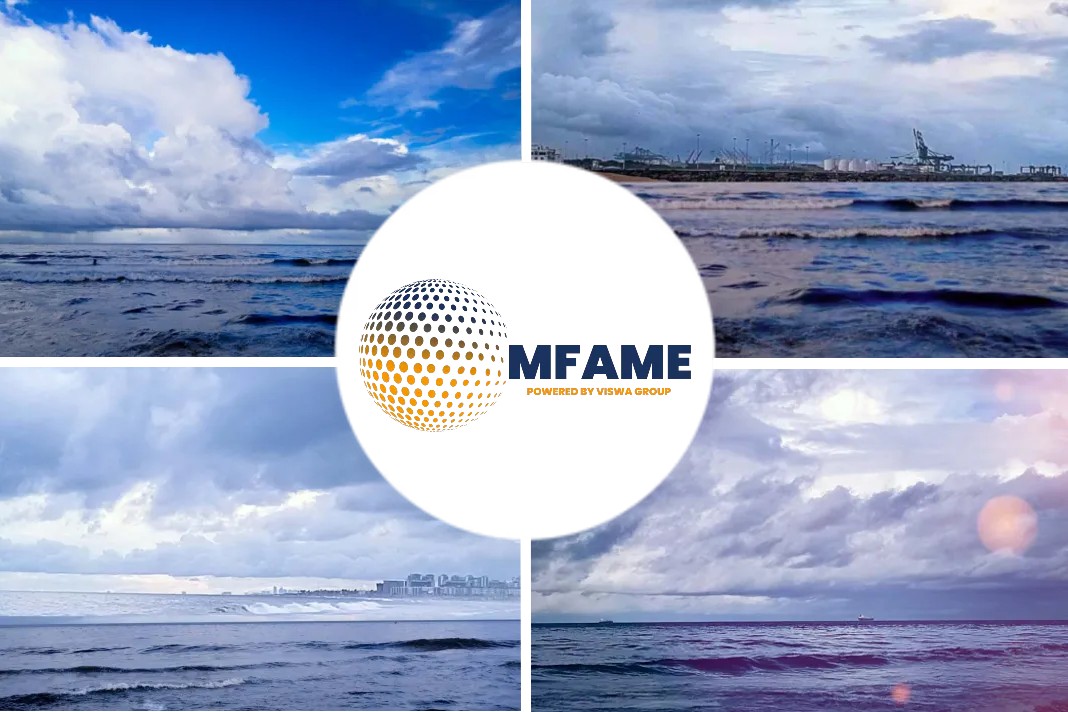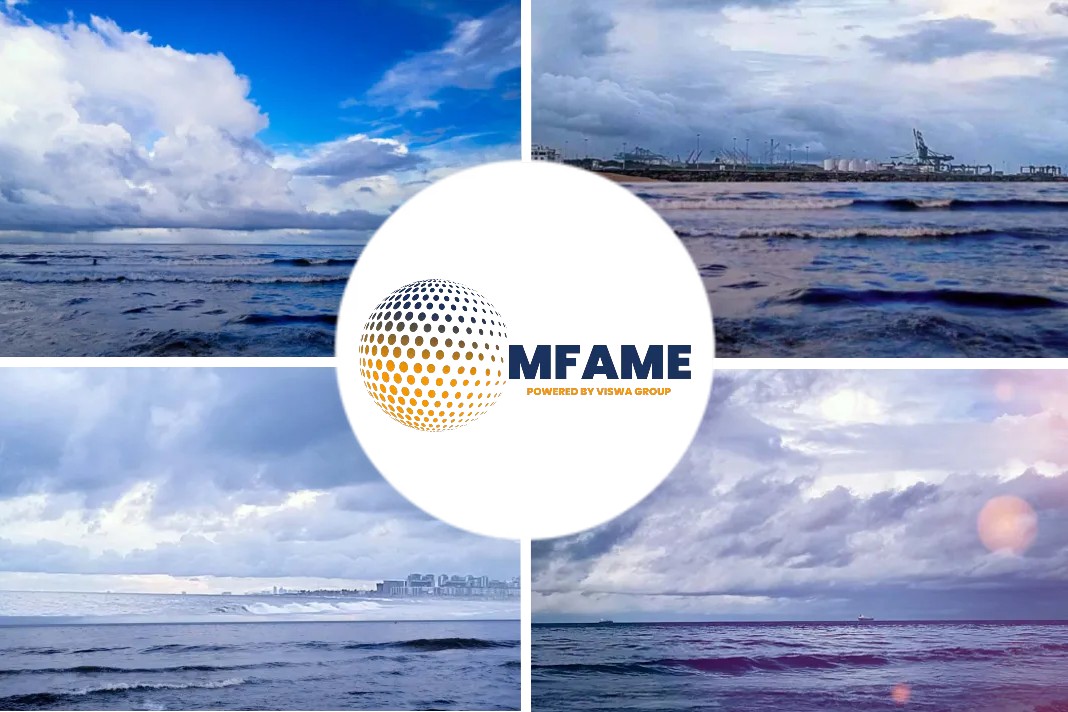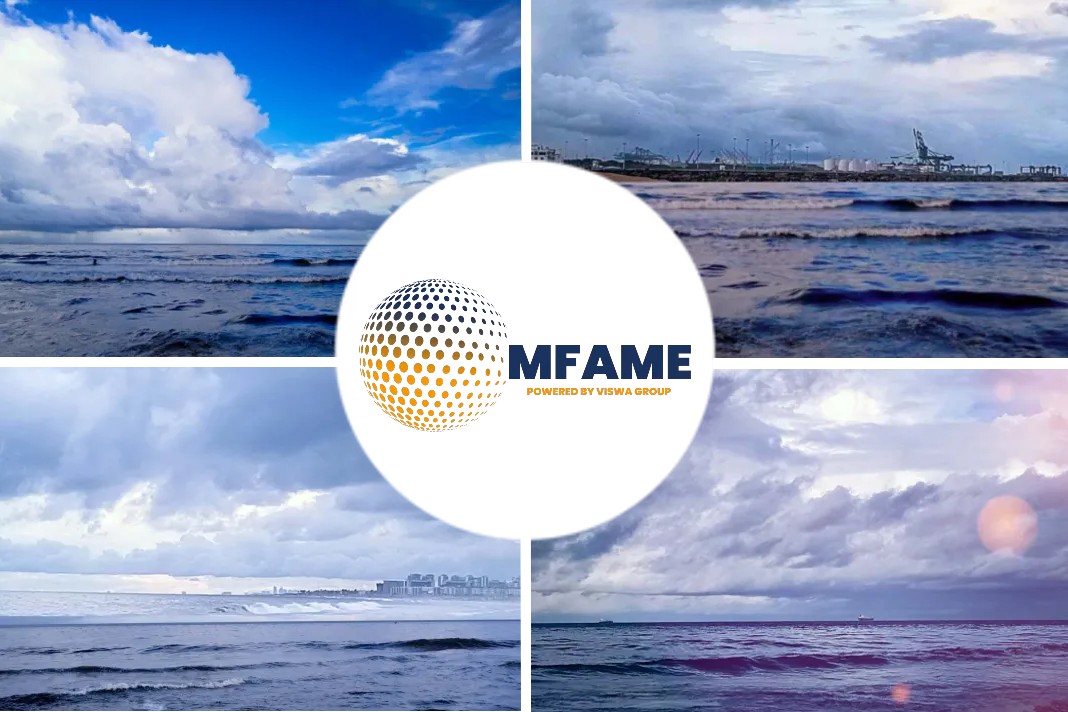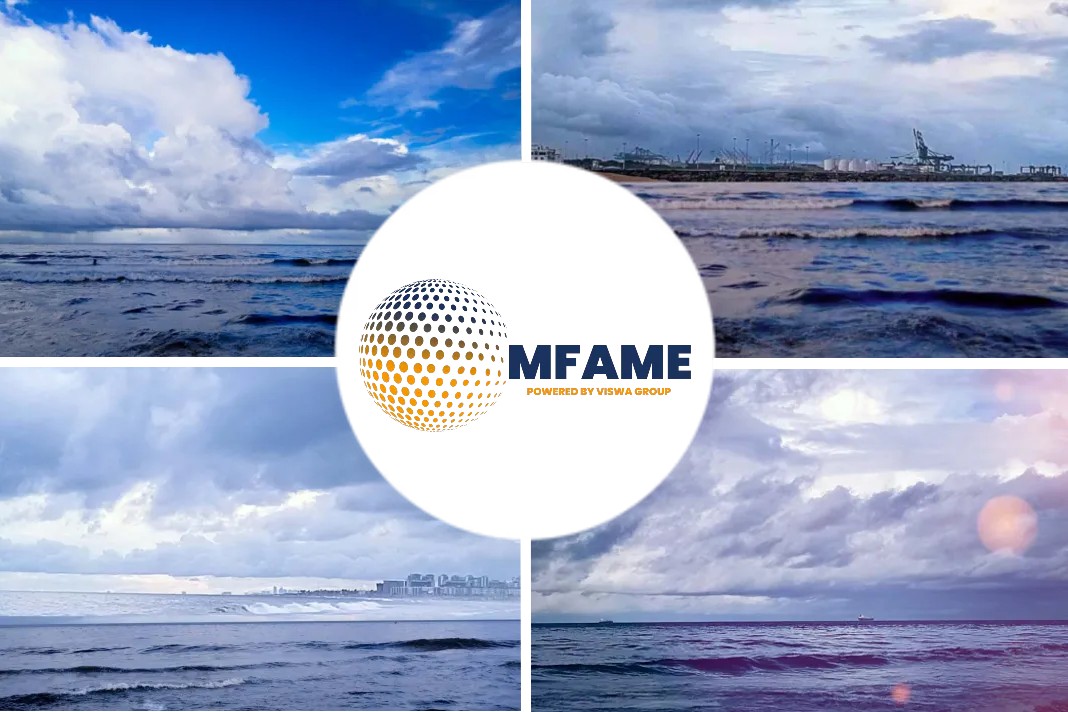
Global industrial decarbonization by 2050 highlights the growing importance of mineral resources, crucial for electric vehicles, power generation, and renewable energy storage. Critical minerals like lithium, cobalt, and nickel are in high demand due to their role in EV batteries and renewable energy infrastructure, but the definition of critical minerals varies by country and year.
Price Dynamics
In 2022, the USGS identified 50 “Critical Minerals in the United States,” emphasizing the evolving nature of this classification.
- Rapid EV adoption from 2020 to 2022 drove a surge in critical mineral demand, causing nickel, cobalt, and lithium prices to double, 2.5 times, and 8-9 times their 2015 levels by 2022, attributed to supply chain disruptions.
- In early 2023, prices started declining due to increased global production and slower EV demand in China, but the IEA predicts substantial future demand growth—2x for nickel, 3x for cobalt, and 13x for lithium compared to 2021—as part of the 2050 net-zero scenario.

Geopolitical risk looms
70% of cobalt in the Democratic Republic of Congo, 20% of high-grade nickel in Russia, and 60% of rare earths in China. China’s dominant role in refining and processing raises concerns about Western countries’ dependency and its geopolitical implications, particularly as it controls exports of gallium, germanium, and previously restricted rare earths.
Indonesia’s ban on nickel exports for domestic priority adds to concerns over the reliability of critical mineral supply chains, accentuating the need for diversification and resilience.

International Partnership
In October 2022, Japan partnered with Australia and the Democratic Republic of Congo to secure critical minerals.
The Minerals Security Partnership, initiated by the United States in June 2022 aiming to bolster the critical minerals supply chain., includes major members like
- U.S.,
- U.K.,
- France,
- Germany,
- Canada,
- EU,
- Australia,
- Finland,
- Norway,
- Sweden,
- South Korea, and
- Japan
Technology development in industry
In Japan, “urban mines” from discarded products like appliances and cars are seen as vital alternative sources for important minerals due to limited domestic resources. Globally, research and development efforts are focused on mineral resource recycling technologies, particularly for used electric vehicle (EV) batteries.
In the European Union, a mandate requires 12% of cobalt, 4% of nickel, and 4% of lithium battery materials to come from recycling by 2030, driven by environmental concerns.

Development of Alternatives
Japan, through METI, MEXT, NEDO, and other entities, is actively investing in research and development to create alternative components for EVs and renewable energy equipment, reducing reliance on rare earth magnets and critical minerals.
This initiative involves funding and collaboration with private companies, universities, and research institutes. Additionally, the automobile, materials, and chemical industries are independently pursuing research on such technologies.
New Sources
Japan is actively engaged in research and development of deep-sea mining technology, targeting rare earth mud off the Ogasawara Islands, with prospecting set to begin in 2024. This endeavor focuses on the abundant reserves of rare earths found in the deep ocean, particularly around Minamitorishima, at depths ranging from 5000 to 6000 meters.
Real Challenges
- The IEA’s Energy Technology Perspective 2023 highlights the importance of reducing energy demand alongside clean power adoption to minimize mineral resource use, emphasizing changes in consumer behavior and efficient use of resources.
- Amid the decarbonization mission, countries and companies are rushing to secure critical minerals supply, but the IEA advocates reevaluating assumptions and returning to the core principle that decarbonization is fundamentally for environmental benefit.
- Securing reliable transportation is crucial for a stable critical minerals supply chain, and MOL Dry Bulk, with the world’s largest bulk carrier fleet, plays a significant role in providing high-quality transportation services while actively researching next-generation fuel carriers to reduce GHG emissions.
Did you subscribe to our daily newsletter?
It’s Free! Click here to Subscribe!
Source: MOL


















